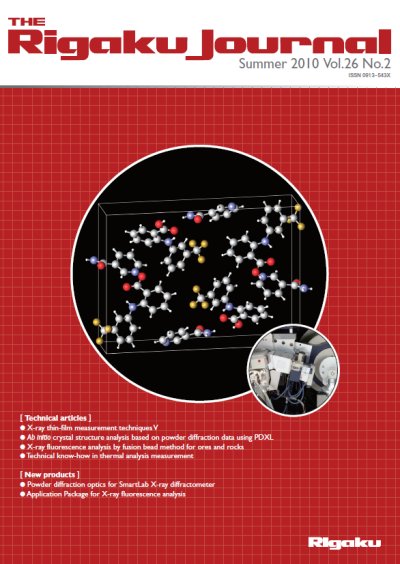In thermal analysis, the measurement condition influences the measurement results. Therefore, it is important to select the most desirable measurement condition in response to the objective of the measurement.
Conditions such as sample amount, heating rate as well as the measurement atmosphere are selected freely in thermal analysis measurement. Especially the measurement atmosphere, where it directly affects the sample’s reaction, for example, measuring under atmospheric air may cause combustion or oxidation reaction and the suppression of these reactions can be confirmed by measuring under inert atmosphere. Therefore, it is essential to select the appropriate atmospheric gas suitable to the objective of the measurement.
But the difference among atmospheric gases is not only the presence or absence of oxygen (O₂), such as when using an air pump for an air atmospheric measurement also includes the room humidity (water vapor partial pressure) while using a gas cylinder for an inert gas atmospheric measurement creates a dry atmosphere.
The dehydration behavior of the sample is most affected by the effects of humidity and in some cases degradation reaction may also be affected. Hence, it is important to measure under a predetermined humidity to perform simulation on the sample’s thermal behavior. Also, evaluating the material’s hygroscopic behavior (percentage of water absorption) as a property is the most important factor. On the other hand, since dehydration behavior is determined from the heating process, accurately estimating the coefficient of water absorption is extremely difficult in the conventional thermal analysis.
In recent years, various fields of specialization have applied thermal measurements where humidity in the atmosphere is controlled because of its ease and simplicity. Although the effects of humidity on the measurement results were thoroughly discussed in 2009, this paper discusses the basic terminologies related to humidity, thermal analysis under water vapor atmosphere and its measurement methods. It also includes applications such as effects of water vapor on the thermal degradation of polymers and organic metal compounds; and measurement of adsorption and desorption of moisture levels in relation to change in humidity. Finally, this paper ends with a general conclusion.

